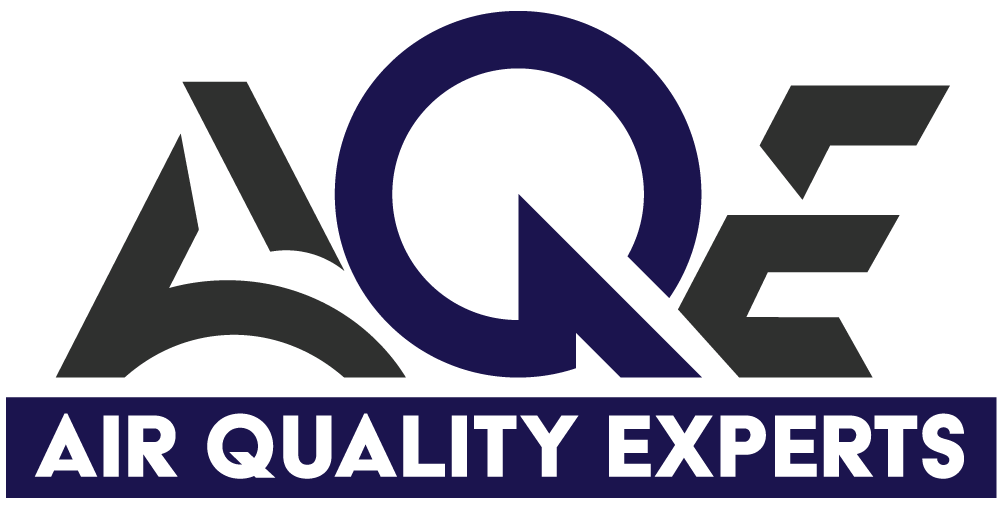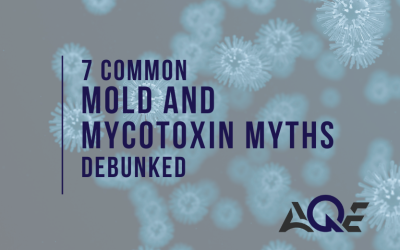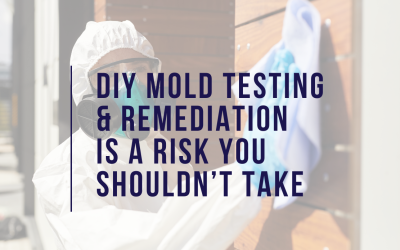Understanding Mold and Mycotoxins
Mold is a type of fungus that thrives in damp, warm environments. It releases spores into the air, which can cause various health problems when inhaled, including allergies, respiratory issues, and even infections in immunocompromised individuals. Mycotoxins are toxic chemical byproducts produced by certain molds. These compounds are not only harmful when inhaled but can also cause serious health problems if they contaminate food or surfaces in your home. Addressing bold mold and mycotoxins is essential for maintaining a safe and healthy living space.
What to Look for in an Air Filter
When choosing air filters to combat mold and mycotoxins, there are a few key factors that you should consider:
- Filtration Efficiency: The filter’s ability to capture small particles, including mold spores and mycotoxins.
- Maintenance: The ease and frequency of cleaning or replacing the filter.
- Cost: The initial investment and ongoing costs for filter replacement.
- Specificity: Filters that are specifically made to target mold spores and mycotoxins are more effective than more generic filters.
Choosing the right air filter involves balancing these factors to meet your specific needs.
The Best Air Filters for Mold & Mycotoxins
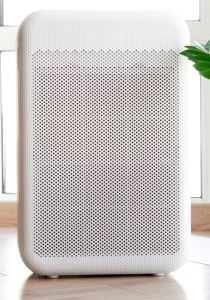
HEPA (High-Efficiency Particulate Air) Filters
HEPA filters are preferred by some for their ability to capture 99.97% of particles as small as 0.3 microns, which includes mold spores. HEPA filters are highly effective in trapping airborne mold spores and preventing them from circulating in your home. These are typically placed inside your HVAC system, but they can also be used in air purifiers or in vacuum cleaners.
Activated Carbon Filters
Activated carbon filters work by adsorbing pollutants and odors, including mycotoxins, onto a large surface area of activated carbon. These filters are excellent for removing volatile organic compounds (VOCs) and odors associated with mold, making them a great complement to HEPA filters. These can also be used in your HVAC system or in an air purifier, but they can also be used as part of a water filtration system.
UV-C Light Filters
UV-C light filters use ultraviolet light to kill mold spores and other microorganisms. While UV-C filters are effective at sterilizing air passing through the system, they work best when combined with other types of filters, as they do not remove particles from the air.
Electrostatic Air Purifiers
Electrostatic air purifiers use an electrically charged filter to capture particles. These filters can be effective at trapping mold spores but may not be as efficient as HEPA filters. They do have the advantage of being washable and reusable, reducing long-term costs.
Ionic Air Purifiers
Ionic air purifiers release charged ions into the air, which attach to airborne particles, including mold spores, causing them to settle out of the air. While they can reduce airborne mold spores, they do not eliminate them and may produce ozone, which can be harmful in high concentrations.
PECO (Photo Electrochemical Oxidation) Filters
PECO filters use a light-activated catalytic reaction to break down pollutants at the molecular level, including mycotoxins. This advanced technology offers comprehensive protection against both mold spores and mycotoxins, making PECO filters one of the best options available.
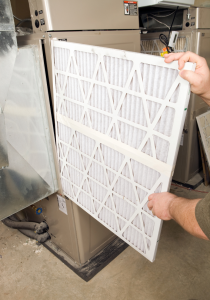
Fiberglass Air Filters
Fiberglass air filters are the basic filters that most people use in their HVAC systems. They capture larger particles, but are not very effective against the much smaller mold spores and mycotoxins. They are a low-cost option but offer limited protection and should be used in conjunction with more advanced filters.
Pleated Air Filters
Pleated air filters are also commonly found in household HVAC systems, but they offer improved filtration efficiency over fiberglass filters due to their increased surface area. They can capture smaller particles, including some mold spores, but are still not as effective as HEPA or PECO filters.
Section 4: Recommendations
For optimal protection against mold and mycotoxins, we recommend contacting a professional who will be able to offer their expert opinion on which filter would be best for your unique situation.
Regardless of which filter you’re recommended by a professional, regular maintenance and replacement of these filters are essential to ensure their continued effectiveness. Depending on the specific needs of your home and the severity of mold and mycotoxin issues, a combination of these filters may provide the best results.
Understanding the differences between mold and mycotoxins and choosing the right air filters to combat each threat is crucial for maintaining a healthy indoor environment. Regular maintenance and professional testing and remediation services can further ensure your home remains a safe and healthy place to live.
If you suspect mold or mycotoxin contamination in your home, contact professionals for testing and remediation services. Our experts are equipped to handle these issues and ensure your indoor environment is safe and healthy. For more information or to schedule an assessment, contact us today.
